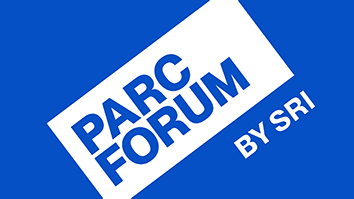SRI International has remarkable facilities and success stories in drug development—but never in Alzheimer’s disease and other neurodegenerative disorders. At the same time, never has the challenge to develop new therapeutics for these disorders been greater, as clinical trial after clinical trial of potential candidates has failed.
The Alzheimer’s Drug Discovery Group at SRI is taking an innovative approach that recognizes and attempts to address the emerging concept that Alzheimer’s could be a syndrome, with multiple causes and incestuously interlocked effects. Single-target drugs have not, to date, been able to reverse, halt, or slow the progression of Alzheimer’s, at a cost of billions of dollars in research expenditures. If one looks at the current 92,237 papers that PubMed lists on the disorder, a reason begins to emerge. There are dozens of disease-causing, pathogenic pathways that go awry, each with a thousand papers supporting them as a primary cause. Could all of these reports and investigators, many from the most hallowed halls of research, be wrong? Or could they all be right?
Two strategies emerge from these considerations. The first is to erect a barrier around nerve cells that protects them from a host of pathogenic insults. There are already, in fact, natural molecules in the brain that do this and are deficient in Alzheimer’s. But to be successful we believe that these endogenous molecules must be delivered in the right places at the right times, else adverse reactions will occur. A second strategy is to develop drugs that attack multiple points of vulnerability in nerve cells. For example, SRI is pursuing compounds that both inhibit inflammation, a major cause of damage in Alzheimer’s, and simultaneously inhibit the production of amyloid beta peptide, perhaps the biggest villain in this terrible disorder.

SRI offers a wealth of drug discovery opportunities for neurodegenerative disorders—from the medicinal chemistry and pharmacokinetics that are necessary to design new drugs to unique culture and animal models (as well as a Phase I facility) to prove those drugs out. We have been successful, for these reasons, in other human diseases. Stay tuned!
AT LEFT: Photomicrograph of Alzheimer’s disease brain tissue. Taken by Dr. Rogers’ lab in 1987, this picture was one of the first to show that brain inflammation occurs in Alzheimer’s disease and is tightly linked to deposits of a toxic molecule called amyloid B peptide. The darkly-stained cells are activated microglia, which play a scavenger cell role and are typically not observed in normal brains. These cells cluster at sites of amyloid deposition, as shown here.
Event Alert
Joe Rogers speaks at Cafe Scientifique Silicon Valley @ SRI on “Understanding Alzheimer’s, March 12.


